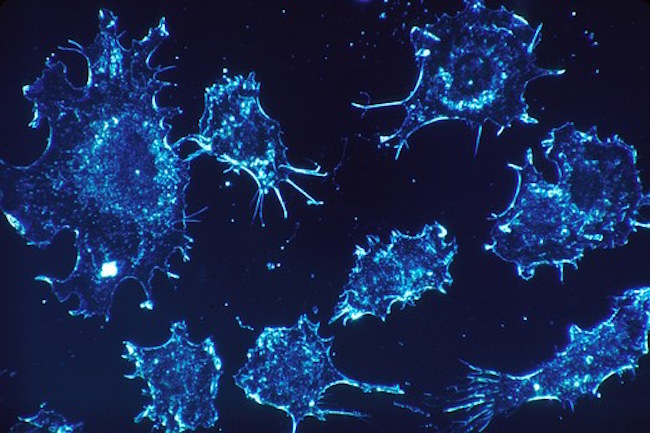Warning: Biodegradable bowls contain toxic chemicals by Dr. Joseph Mercola for Mercola
Per- and polyfluoroalykyl substances1,2 (PFAS) are widely used chemicals that make products water-, oil-, grease- and stain-resistant. Perfluorooctanoic acid (PFOA) and perfluorooctanesulfonic acid (PFOS) are associated with a wide array of health problems — even at very low exposure levels — including:
| Immune dysfunction3 | Low birth weight4 |
| Thyroid dysfunction5 | High cholesterol6 |
| Ulcerative colitis7 | Pregnancy-induced hypertension8 |
| Testicular cancer9 | Kidney cancer10 |
In May 2015, 200 scientists from 38 countries signed the so-called Madrid Statement on PFASs,11,12which warns about the harms of all PFAS chemicals, both old and new. According to the Madrid Statement, health effects associated with the older, long-chain PFAS’s such as PFOA, include:13
| Liver toxicity | Disruption of lipid metabolism, and the immune- and endocrine systems |
| Adverse neurobehavioral effects | Neonatal toxicity and death |
| Tumors in multiple organ systems | Testicular and kidney cancers |
| Liver malfunction | Hypothyroidism |
| High cholesterol | Ulcerative colitis |
| Reduced birth weight and size | Obesity |
| Decreased immune response to vaccines | Reduced hormone levels and delayed puberty |
PFAS are ‘everywhere’
PFAS chemicals take thousands of years to degrade, which is why many refer to them as “forever chemicals.” Disturbingly, these toxic chemicals have become ubiquitous in our environment, including groundwater.14,15
PFAS are also found in the U.S. food supply — and at levels far exceeding the advisory limit for PFOA and PFAS in drinking water (there’s currently no limits in food).
Of the 91 foods tested by the U.S. Food and Drug Administration in 2017 as part of its Total Diet Study16(presented17 at the 2019 meeting of the Society of Environmental Toxicology and Chemistry), 10 were found to contain PFAS.18,19,20,21 How do they get there?
Food wrappers — A significant source of PFAS
Industrial production is just one route by which PFAS enter our environment and food supply. Another is through everyday waste, such as fast food wrappers and containers that end up in landfills, from where they continue to contaminate soil and water.
Disturbingly, recent findings reveal that even so-called “biodegradable” food containers contain these “forever chemicals,” which may create an even greater problem.
Thinking the containers are biodegradable and safe, people will place them in their compost, creating a vicious circle where the chemicals contaminate and ruin the compost, which is then mixed into the soil, where they contaminate the food grown in it. Ultimately, the chemicals end up on your plate again, now inside the food.
Research22 by the U.S. Centers for Disease Control and Prevention published in 2007 found PFAS chemicals in the blood of more than 98% of Americans tested. Considering their current prevalence in our food supply, it seems reasonable to assume everyone is exposed to some degree, and that blood levels have likely increased in the years since the CDC’s testing.




